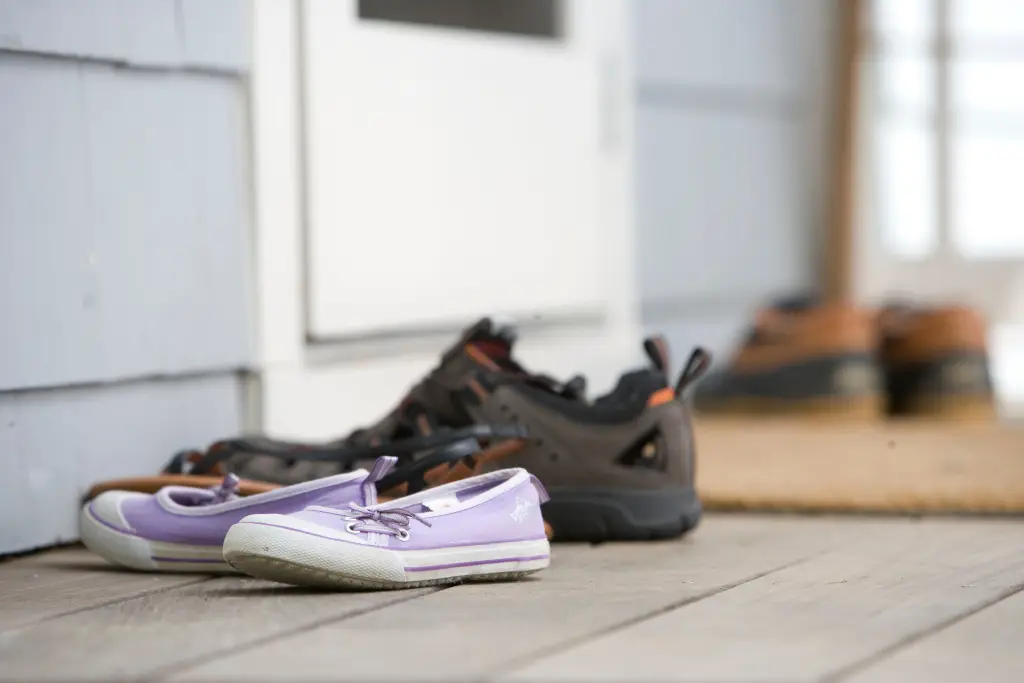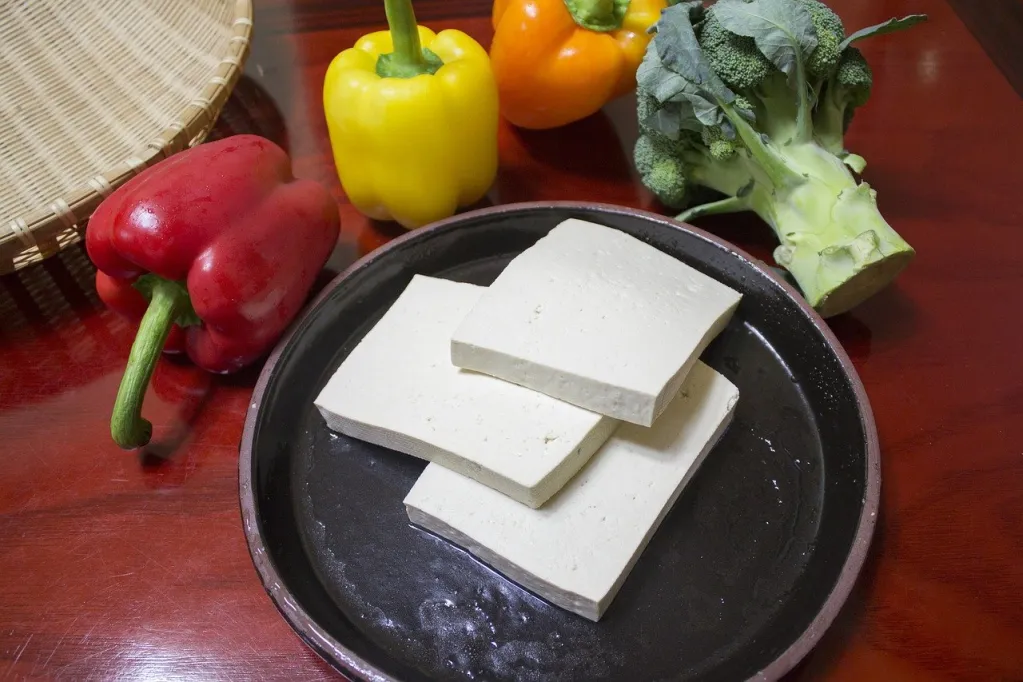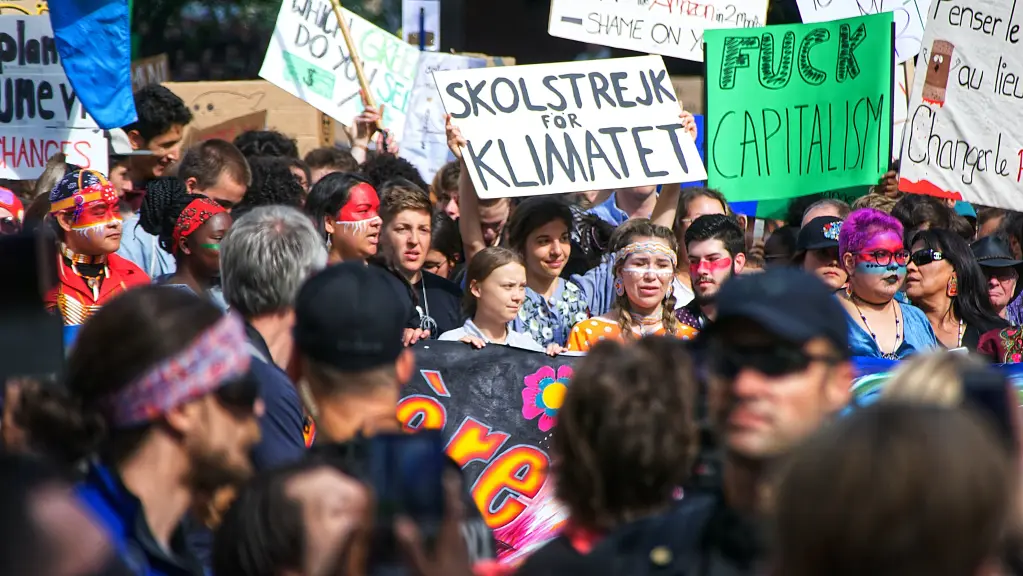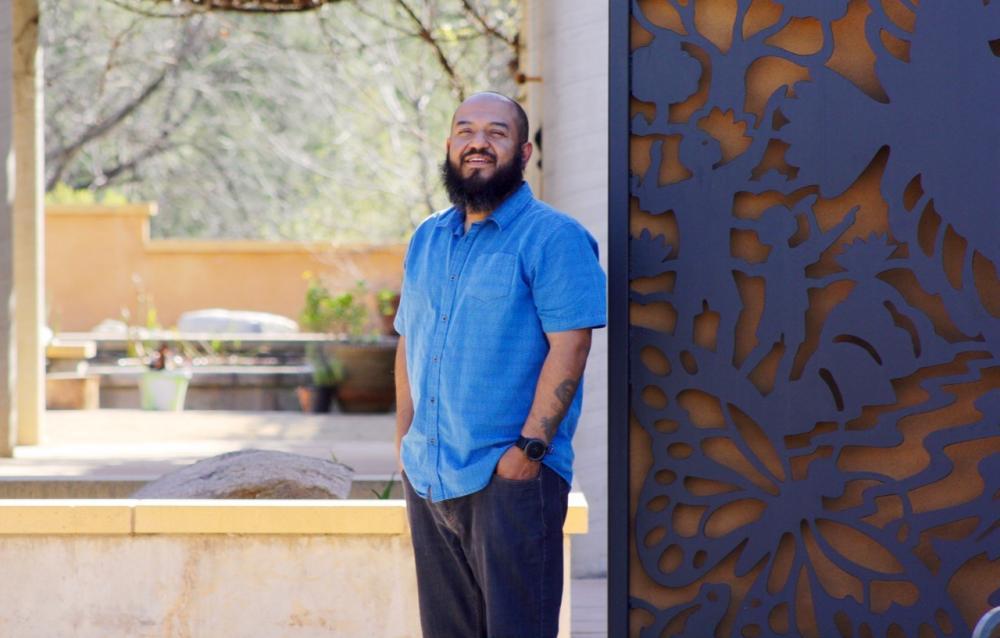Okay, Ladies, Now Let’s Get INFORMATION! – Resources for Womxn in Business
I have big feet. Always have. Many stores don’t even carry my size (women’s 11), so for most of my life I had to buy men’s shoes instead. This was hard as a kid because my feet had a growth spurt way before my body did.




